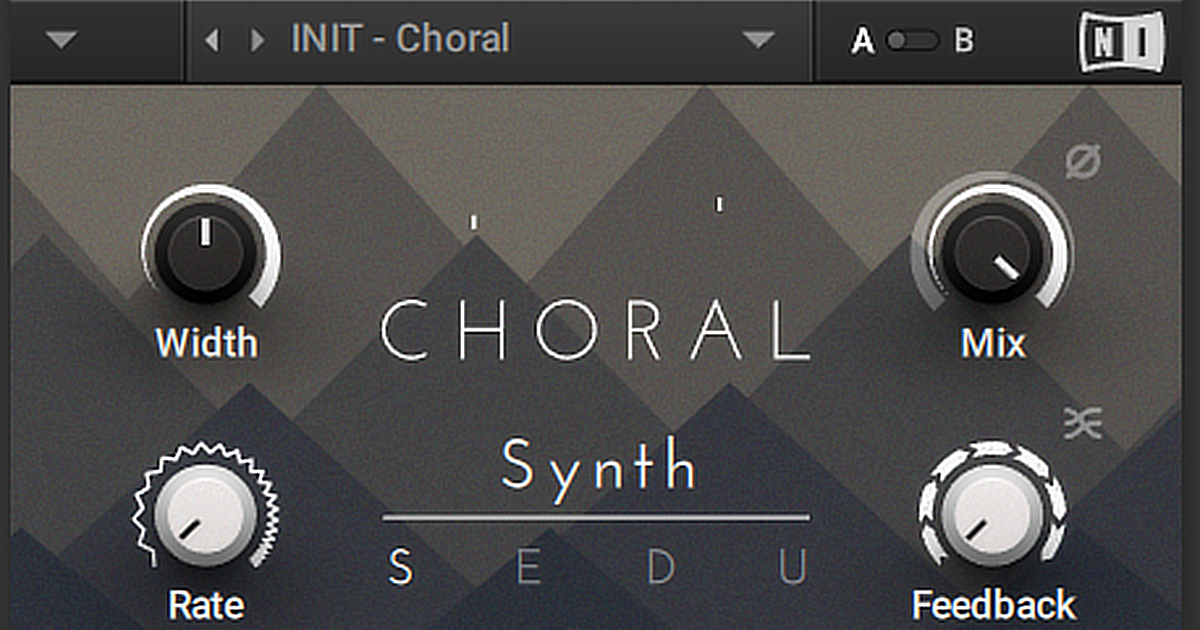
Article Content
It’s arguable that the first chorus effect was found within Hammond Organs in the 1930s. Hammond’s BC organ featured a “chorus tone generator,” which created a second note that was slightly out of tune with the first. This generated a sound that was perceived to be richer, fuller and with more depth.
Another ingenious use of this type of effect, although created in a much different way, was by engineers at Abbey Road Studios on recordings by (you guessed it) The Beatles. Displeased with the tedium of having to overdub his vocals, John Lennon repeatedly asked Ken Townsend if he could come up with a technical alternative. Townsend employed a second tape machine which played back the original recording slightly out of sync with the first, while also using an oscillator to alter the playback speed of the second machine, resulting in a chorus-like effect. The effect was dubbed Artificial Double Tracking, or ADT. The Beatles and their brilliant engineering team utilized this technique extensively on Revolver and on many subsequent albums. Check out this wonderful resource on ADT directly from the Abbey Road Website.
Other organs and synthesizers included a similar effect and the chorus sound remained a somewhat commonly used sonic texture throughout the late ’60s and early ’70s. In 1975 Roland released the Jazz Chorus amplifier which had the effect built in. The solid-state Jazz Chorus featured a relatively low cost compared to tube amplifiers by rivals Fender and Marshall, and it became a favorite among guitarists playing a wide range of genres ranging from funk, to post punk and even metal. In 1976, Boss released the famed CE-1 (Chorus Ensemble) pedal and the effect became accessible to even more guitar players. The CE-1 featured a high and low input switch and knobs for level control, chorus intensity and vibrato depth & rate.
The late ’70s and ’80s saw the development of numerous studio-grade chorus rack units including the Roland Dimension D, Yamaha SPX90, T.C. Electronic 1210 and plenty of others. Chorus wasn’t just for organists and guitar players anymore, it had become a sought after sound and found its place within the world’s greatest studios.
Chorus was subsequently used on many hit records, and was not limited to one particular genre or instrument. The Roland JC-120 amplifier was used on Prince’s “Purple Rain,” Kurt Cobain employed the EHX Small Clone to achieve the watery effect on “Come As You Are,” and funk guitar legend Nile Rodgers occasionally utilizes an Ibanez CS9 to embellish his shimmery clean tone.
Today, there’s an abundance of high quality chorus pedal effects available to players. I use a Julianna Deluxe Chorus/Vibrato from the Oklahoma-based company Walrus Audio. Julianna is an all analog, digital LFO (low frequency oscillator), stereo chorus/vibrato with features that you simply wouldn’t find on the more basic chorus pedals of yesteryear. There’s a tap tempo function if I want to synchronize the effect with the song I’m playing, a “drift” function which will gently speed up and slow down the LFO rate and a random LFO shape in addition to sine & triangle. Julianna covers a super-wide range of tones, from a gorgeous slow chorusing effect to a wild warble — and everything in between. Because it’s stereo, it’s also especially useful for reamping tracks. I’ll take everything from vocals, to synthesizers, and even reverbs — send them out of my DAW, process them with Julianna, and record them back into the original session. For what it’s worth, the original packaging and enclosure are totally beautiful. Walrus Audio makes top-notch effects pedals that include reverbs, delays, distortions and more.
Walrus Audio Julianna Deluxe Chorus/Vibrato
Check out some sound clips of the Julianna in action:
^ Clean guitar, no chorus ^
^ Clean guitar with Julianna chorus — subtle ^
^ Clean guitar with Julianna — wacky vibrato ^
^ Clean guitar with Julianna chorus — full mix ^
^ Lead guitar — no chorus ^
^ Lead guitar with Julianna — chorus/vibrato blend ^
^ Lead guitar with Julianna — full mix ^
For those of you who produce and mix music within a DAW, there are tons of great plugins that allow you to unleash chorus in all its glory; here are a few of my favorite chorus plugins and how I use them during recording, production and mixing:
I figured we’d start with a plugin that is free for all to enjoy, and Magic Switch from Baby Audio is just that — so go download it at no charge ASAP. Magic Switch couldn’t be simpler, featuring only an on/off button and a mix slider. It’s loosely based off the chorus found within a Juno 60 synthesizer, and it has a pleasantly dark and detuned character. Baby Audio makes a bunch of beautifully designed, sweet sounding plugins, and Magic Switch is actually lifted from their Super VHS plugin. Check it out if you want to add noise, warble and reverb to your tracks.
Mix Tip
Try adding some depth and tasteful modulation to your reverbs and delays by placing Magic Switch directly after them. Keep the effect subtle by dialing back the mix amount to taste.
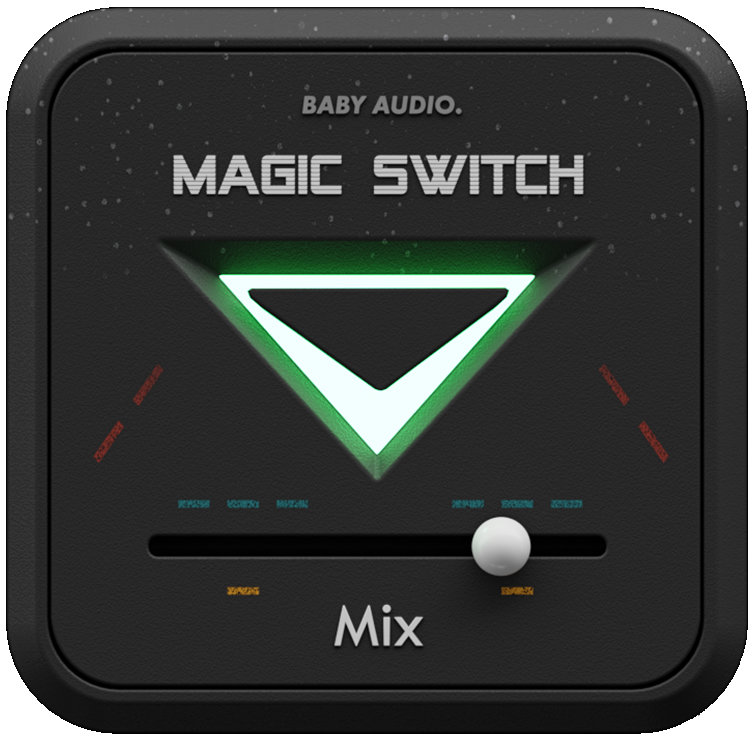
This plugin is based on the OG Boss CE-1 pedal that brought the chorus effect to an entire generation of guitarists. Universal Audio has faithfully emulated the bucket brigade circuit of this unit, which gradually degrades the original signal in a warm and musical fashion. The vintage Boss pedals, as fun as they are, currently cost around $750 per unit used, so I’m grateful that UAD offers an affordable alternative — with the added benefit that it can be used dozens of times in a singular session.
Mix Tip
While the Brigade is undoubtedly an effective tool to use when mixing, I also enjoy placing it as an insert within the Universal Audio Console software, followed by one of Universal Audio’s numerous excellent amp emulations from companies including Marshall, Fender and others. Then I’ll play my guitar through this signal chain, just as I would any actual chorus pedal and amp combination, lastly recording into the DAW.
ADVERTISEMENT
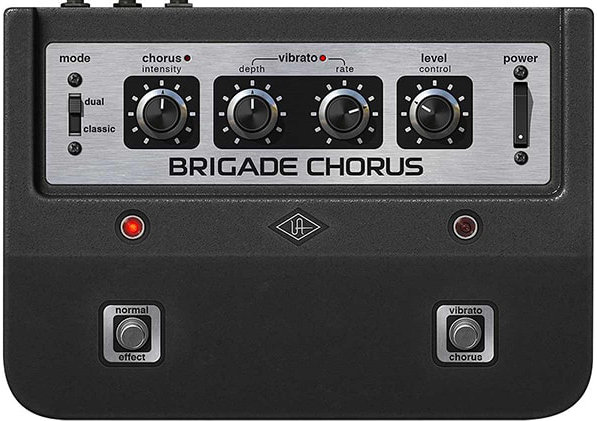
If you own Echoboy, you might share my sentiment that it’s the greatest delay plugin of all time. You might not know that it can function as a more than serviceable chorus as well. Go under the hood to find several style presets that include digital chorus, analog chorus and even one that emulates the CE-1. Plugins from Soundtoys never cease to amaze me with their musicality, versatility and overall ease of use.
Mix Tip
What makes Echoboy so great for this application is the same feature set that makes it such a versatile delay plugin: the dry wet blend can be used to dial the effect back, the low and high cut can sculpt the timbre of your chorus, and the input and saturation controls can be pushed to give your track a bit of extra crunch.
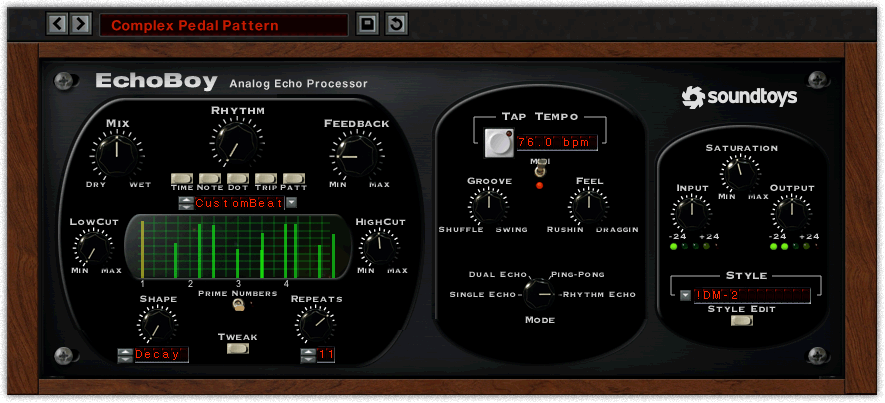
Available as part of the Mod Pack effects series from Native Instruments, Choral features four distinct modes, each with their own unique color and character. Universal mode is a clean-sounding, modern digital chorus effect. Synth mode is reminiscent of the lush “unison” function found within a range of popular synthesizers since the 1980s. Ensemble mode emulates the rich bucket brigade chorus of the Solina String Ensemble synthesizer. Dimension brings the width of the Roland Dimension D rack unit into the convenience of your DAW.
Mix Tip
Controls on Choral include width, rate, amount, voices (between 1-3), mix feedback and delay. Feedback (which features a “scatter” mode) is the really fascinating control on this plugin, allowing the user to create an otherworldly reverb-like effect that drastically modulates over time depending on how aggressive the other controls are set. It can sound truly monstrous. Check out this sound clip of me gradually bringing the effect in:
^ Clean guitar with Native Instruments Choral plugin ^
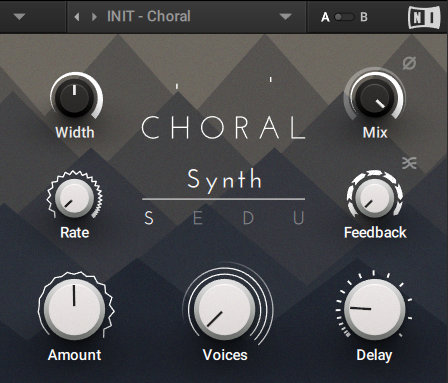
Another completely free plugin from one of my favorite software developers, Valhalla marketed this plugin as their take on flanging — but it can absolutely function as a chorus effect too. The simple and colorful user interface features controls for mix, rate, depth, feedback and manual (which adds a fixed pre-delay to the modulated signal). There are also 11 separate modes which allow the user to further customize how they want to modulate the signal. Be sure to visit the Valhalla DSP website and scoop up this free plugin.
Mix Tip
For chorusing duties, my favorite mode is the doubler, which introduces 2 detuned voices with a wide stereo spread into the signal. Try it on backup vocals, guitars, synths or anything that can benefit from some added width.
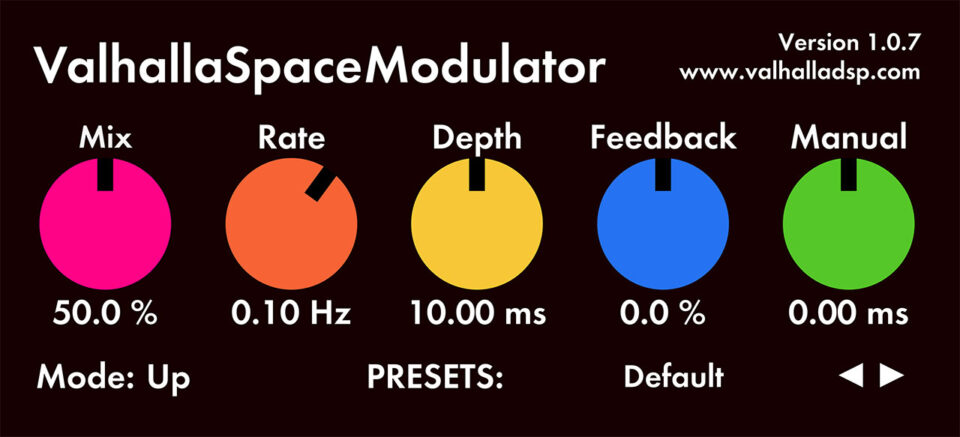
creditSource link






